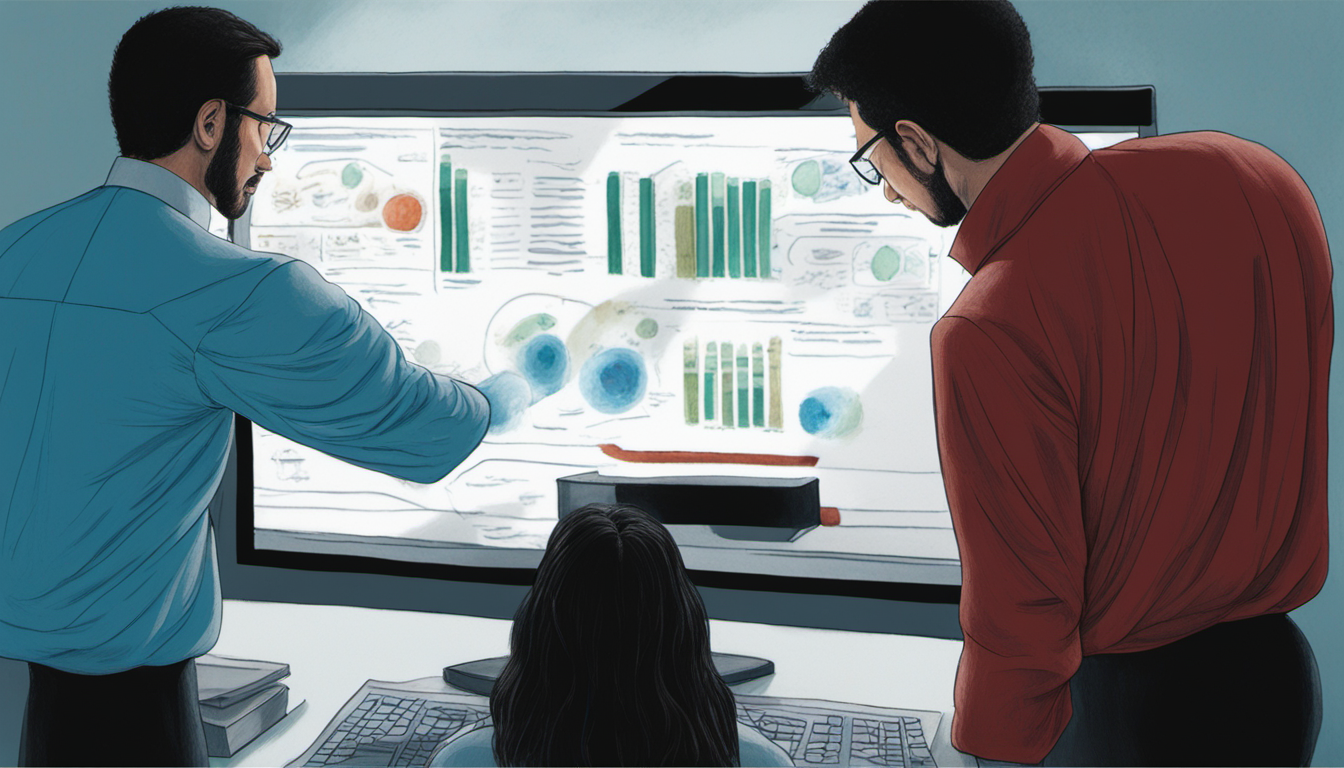MRD for your benefit
MRD measures number of cancer cells that can escape treatment and remain in the body.
These cells can be at such low levels that they don’t cause any physical signs or symptoms. But that doesn’t mean the cancer is totally gone.
MRD shows how much, if any, cancer remains in your body during treatment or reappears after treatment.
Monitoring your MRD status will help you and your doctor manage decisions along your cancer journey. That's how SmartRD helps.


By the virtue of sequencing of circulating tumor DNA (ctDNA). ctDNA refers to small fragments of DNA shed by cancer cells into the bloodstream or other bodily fluids such as saliva or cerebrospinal fluid. These fragments can be detected and sequenced using next-generation sequencing (NGS) technologies.
The sequencing of ctDNA allows to identify genetic mutations and other alterations that are specific to the patient's cancer cells. By comparing the ctDNA sequences to those of the patient's normal cells, one can determine the percentage of ctDNA in the patient's sample, and monitor the patient's response to treatment over time.